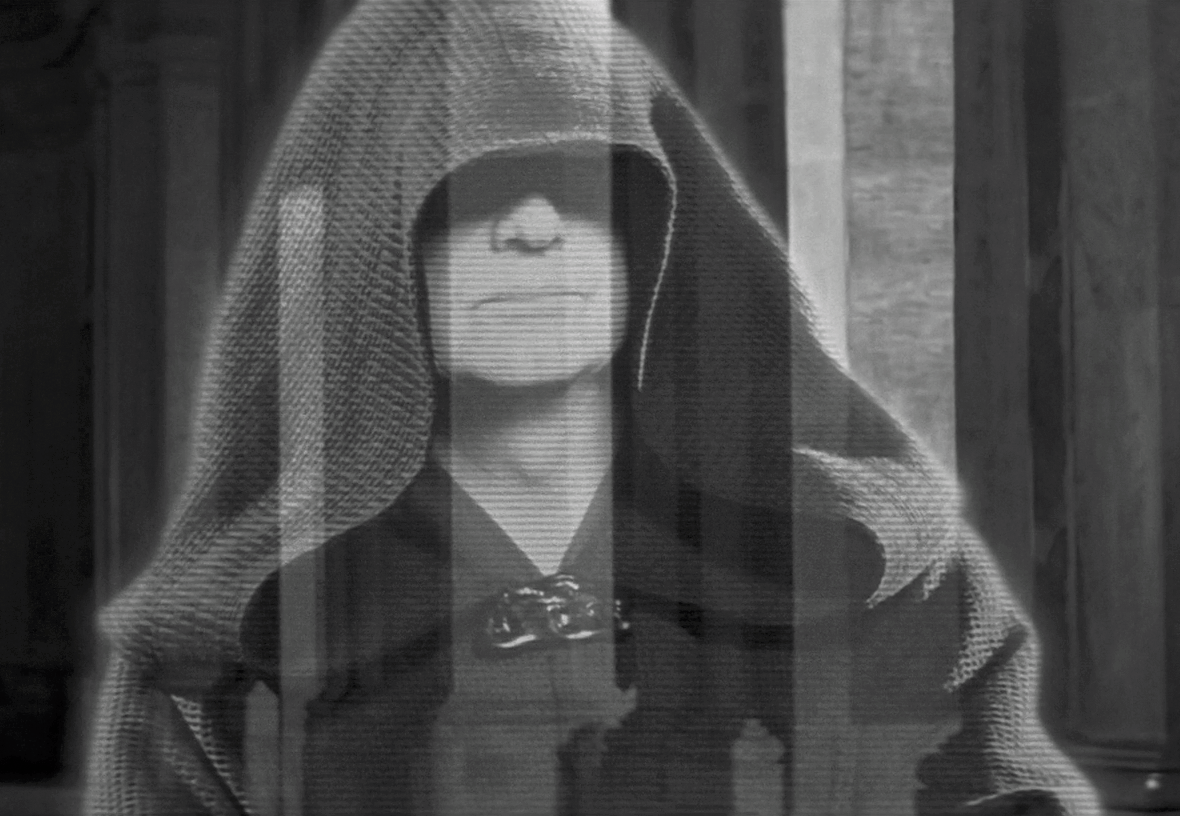The Bell Labs Miracle In technology, all roads seem to lead to backwards to Bell Labs. Bell Labs is the origin of such a large swath of innovation in technology that it can claim to have shaped modern society. In this respect, Bell Labs stands among a handful of similar scale monuments to the sustained development of ground-breaking technology: the Apollo program to be the first nation to land on the moon, the Manhatten Project to build a nuclear bomb before the Nazis did, the Google project to transform how information is handled, and taken in toto, the Silicon Valley initiatives.
What came out of Bell Labs were both technologies and world-class people who went on to do great things.
The remarkable contributions are in six main areas:
(1) Computing hardware, including the transistor (1947, William Shockley, that made vacuum tubes obsolete and silicon chips and microcomputers possible. William Shockley, father of the transistor, and Nobel Prize winner [4]. Stephen Morse went on to design the Intel 8086 chip in 1978 [5].
(2) Computer programming languages and operating systems including UNIX (Ken Thompson, Dennis Ritchie, Rob Pike, 1969), The C Programming Language (Dennis Ritchie, 1969-1972), the C++ Programming Language (Bjarne Stroustrup), Rob Pike went on to develop the Go! Programming Language.
(3) Fundamental applications-oriented software and algorithms including S and R for applied statistical programming (John Chambers), AMPL the algebraic modeling language for solving optimization problems (Brian Kernighan), Jeffrey Ullman (compiler theory). Murray Sargent went on to develop the SST scroll screen tracer debugger in 1987 and later Windows [1], Narendra Karmarker developed the Linear Programming (LP) solution algorithm in 1984.
(4) Physics inventions include the LED (1962, Nick Holonyak), the Laser (1964, Kumar Patel), Radio Astronomy, Speech synthesizer used by Stephen Hawking.
(5) Telecoms inventions the TDMA/CDMA cellphone signal coding systems, the 56k modem technology,
(6) Ground-breaking Applied mathematics including by Claude Shannon (information theory), Richard Hamming (information theory, numerical methods), Ingrid Debauchies (information theory, wavelets), Harry Nyquist (information theory, digital signal processing), Ron Graham (discrete mathematics), and Robert Tarjan (graph theory)
References
[a] How Bell Labs Shaped Modern Society
https://medium.com/@TomorrowLabNYC/-730722d8b303
[b] Innovation and the Bell Labs Miracle
https://www.nytimes.com/2012/02/26/opinion/sunday/innovation-and-the-bell-labs-miracle.html
[c] What Made Bell Labs Great
https://www.inventionandtech.com/content/what-made-bell-labs-great-1
[d] How Bell Labs invented the world we live in
http://business.time.com/2012/03/21/how-bell-labs-invented-the-world-we-live-in-today/
[e] The Game Changers
http://blog.tmcnet.com/next-generation-communications/2011/08/the-top-bell-labs-innovations---part-i-the-game-changers.html
Related Reading
[1] Murray Sargent https://de.wikipedia.org/wiki/Murray_Sargent
[2] 100 years of deep mathematical research at Bell Labs (video): https://www.youtube.com/watch?v=FiMKbdI3Lng
[3] Bell Labs https://en.wikipedia.org/wiki/Bell_Labs
[4] William Shockley - father of the transistor, and creator of Shockley labs and hired the 8 researchers that went on to found Fairchild, then Intel (Gordon, Noyce)
https://plus.google.com/u/0/+AssadEbrahim/posts/8baM5KENsck
[5] Intel 8086 - https://plus.google.com/u/0/+AssadEbrahim/posts/HGHFHqW5KK4
[6] Where are they now? Greats at Bell Labs
https://around.com/where-are-they-now-bell-labs/
[7] UNIX Timeline https://www.computerhope.com/history/unix.htm
How Bell Labs Shaped Our Society Today – Tomorrow Lab® – Medium
